
Computational & Theoretical Multiphysics Laboratory
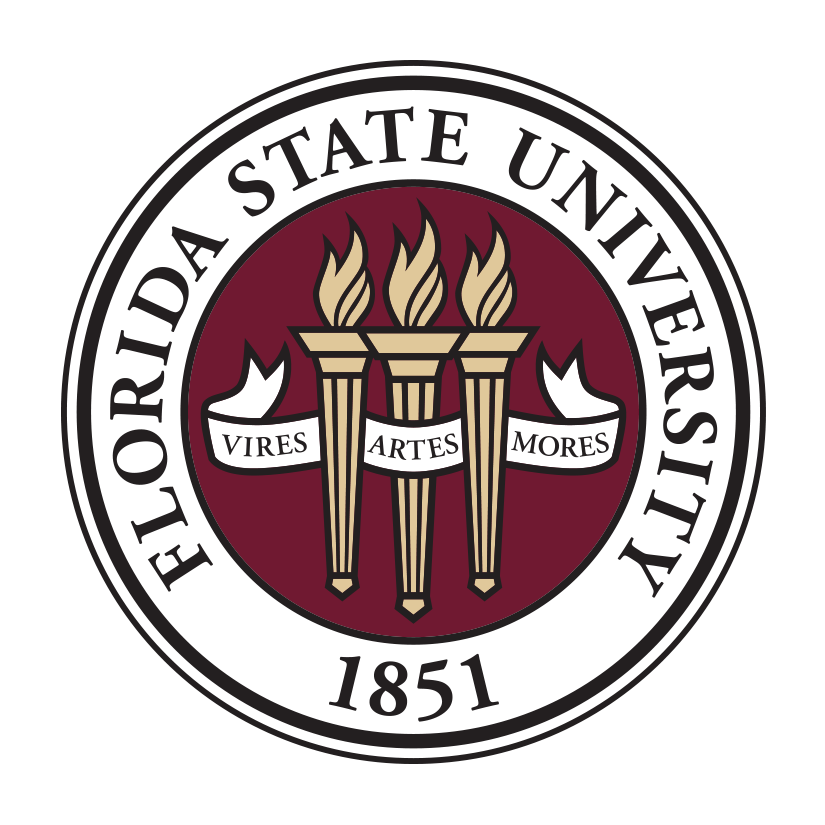
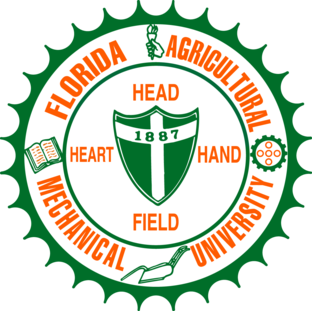
FAMU-FSU College of Engineering



FAMU-FSU College of Engineering
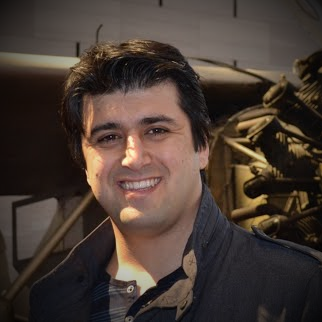
Associate Professor
kshoele@fsu.edu
Google Scholar
Personal Website
(CV)
Kourosh Shoele is currently an Associate Professor in the Department of Mechanical Engineering at Florida State University since 2023. He was as an Assistant professor in the Department of Mechanical Engineering at Florida State University from 2017-2023. His previous roles include serving as an Assistant Research Scientist in the Flow Physics and Computation Laboratory in the Department of Mechanical Engineering at Johns Hopkins University (2013-2016). Prior to that, he worked as as Research engineer at Re Vision LLC from 2011 to 2013 and held a Post-doctoral Research Assistant position in the Department of Structural Engineering at the University of California, San Diego (UCSD) in 2011. Kourosh received my Ph.D. from the UCSD, San Diego in 2011 focusing his doctoral dissertation on flow interaction with flexible structures. He received an M.Sc. from Sharif University of Technology in 2006, and he received his B.Sc. from Shiraz University in 2003.
Research Themes:
Kourosh's research interests revolve around problems at the intersection of mechanics and physics. He is actively engaged in developing and applying mathematical and computational tools, with specific emphasis on fluid-structure interaction, renewable energies, aerospace, and biolocomotion.
Research Interests:
Fluid-structure interaction, multiphase fluid dynamics, aeroelasticity, bioinspired robotic systems, model reduction and unsteady vortex dynamics.
I am studying problems at the interface between mechanics and physics by developing and applying mathematical and computational tools with a focus on fluid-structure interaction, renewable energies, aerospace, and biolocomotion.
Honors & Awards:
NSF Career Award, 2020; DARPA Young Faculty Award, 2019; DARPA Young Faculty Director Fellowship, 2021; Developing Scholar Award, Rising Star (FSU), 2021; First Year Assistant Professor Award (FSU), 2017; Best poster award, NASA International Workshop on Environment and Energy, San Diego, 2010; Featured article: Physics of Fluids, Vol.34, 2022; Inside JEB featured article: Journal of Experimental Biology, vol. 211 2008; Ranked 1st in the eighth Scientific Olympiad of Engineering in Iran,2003.
Fluid-Structure Interaction (FSI) happens during the forced/free oscillations of the airfoil, fluttering of the flag(inverted/non-inverted) or the panel in the wind, pumping the blood inside the heart, vibrations of the wings of the airliner, efficient swimming of the fish in the deep sea and many more. FSI involves several interactions techniques known as flutter, galloping, sloshing, vortex-induced vibrations, added mass, and etc which are used to control the dynamics and motion of both the fluids and solids.
Post Doctorate Fellows
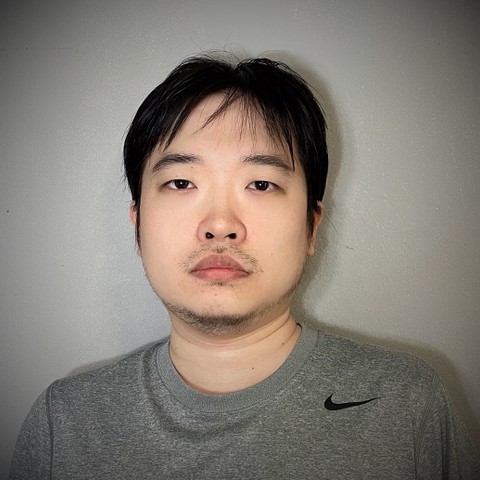
Postdoctoral Research Associate
yliu15@fsu.edu
Dr. Yang Liu obtained his Ph.D. degree of Mathematics from Florida State University in summer 2020. His research interest has been focusing on developing numerical methods for multi-material multi-phase problems involving phase change and material processing. During his graduate studies, he developed a novel supermesh numerical method involving stationary and deforming boundaries for computing solutions to the multi-material diffusion problem in complex geometries with microstructures. His other research interests include sharp interface capturing method, numerical analysis, numerical optimization, and computational geometry. At CTML team, he has been working on high-fidelity AMR based CFD simulation and developing turbulence wall model for convection on very coarse grid upon NASA cryogenic tank project. He would like to learn more knowledge on modeling and FSI related method from other members of the group. He likes running, biking, and playing the violin for relax.
Graduate Students
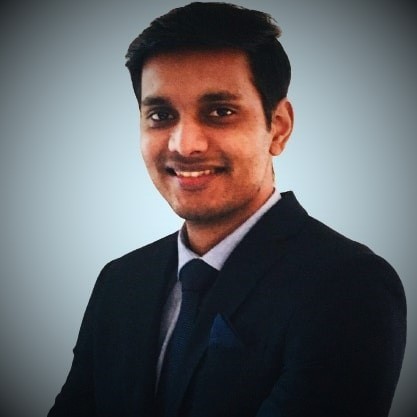
PhD Candidate
aa21b@fsu.edu
Akshay Anand is a PhD candiadate in Mechanical Engineering at Florida State University. He received his master's degree in Aeronautics and Space with a major in Turbulence, offered jointly by Ecole Centrale de Lille and ENSMA, France. Akshay has worked at Georgia Tech (Lorraine, France) and the French National Center for Scientific Research (CNRS) for a year. He performed high-fidelity simulations for supersonic airliners and market demand estimations for Urban Air Vehicles. His current research focuses on quantifying the effects of facial features on peripheral leakage from human faces. Other research interests include reduced-order modeling (ROM), computational fluid dynamics (CFD), and enabling computer vision and FSI to solve complex engineering problems.
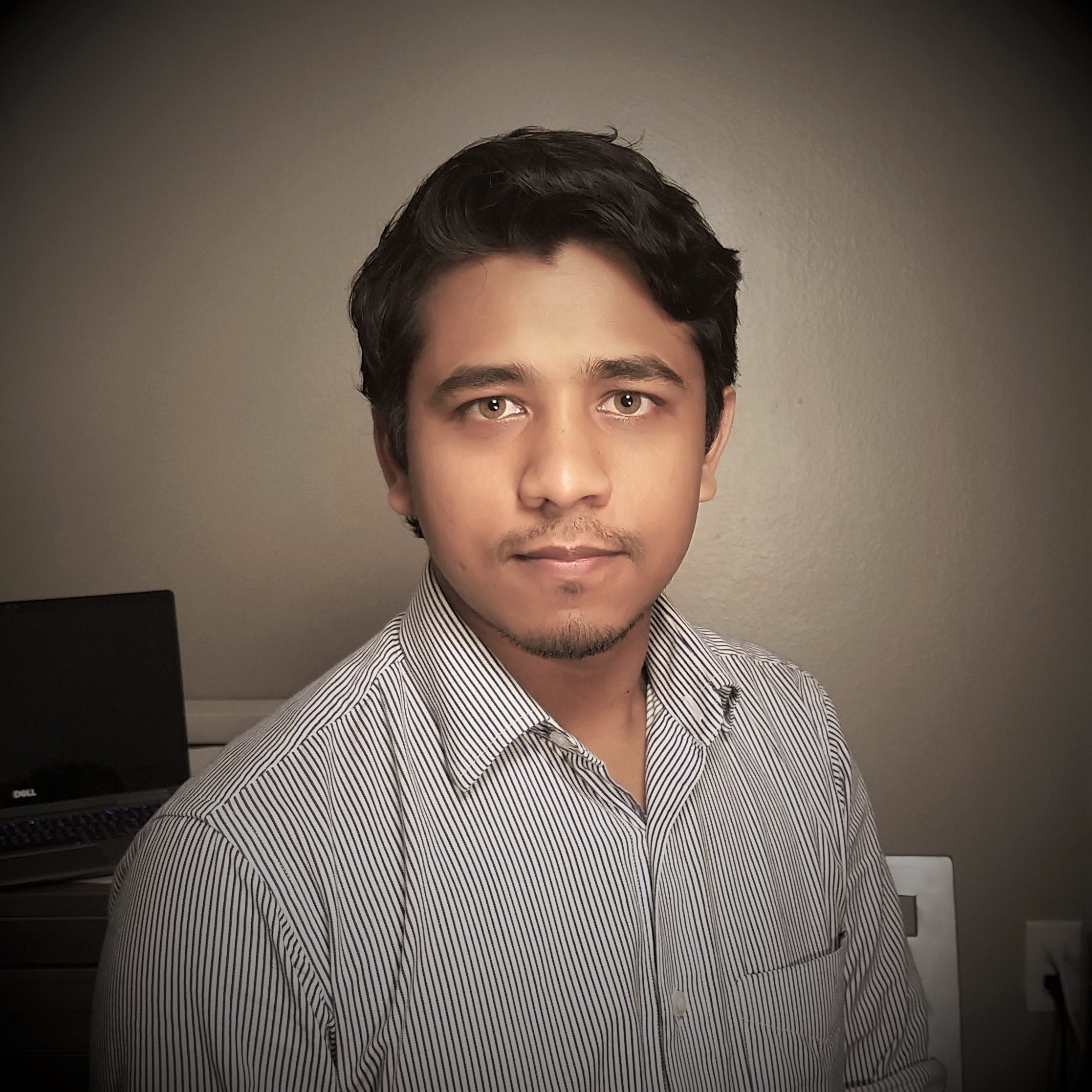
PhD Candidate
as17r@fsu.edu
Al Shahriar is a Ph.D. Candidate in Mechanical Engineering Program at Florida State University since Fall 2017. His research concentrates on Fluid-Structure Interaction(FSI). More specifically, he is investigating fundamental and unsteady flow features of the shock wave and boundary layer interactions (SWBLI) over a flexible structure and how can the structural response be utilized to deal with this adverse flow phenomena. His research interest includes (but not limited to) High-speed flows, aerodynamic shape optimization, flow controls, FSI and CFD. He enjoys fine arts especially paintings, photography, table tennis, traveling and outdoor activities.
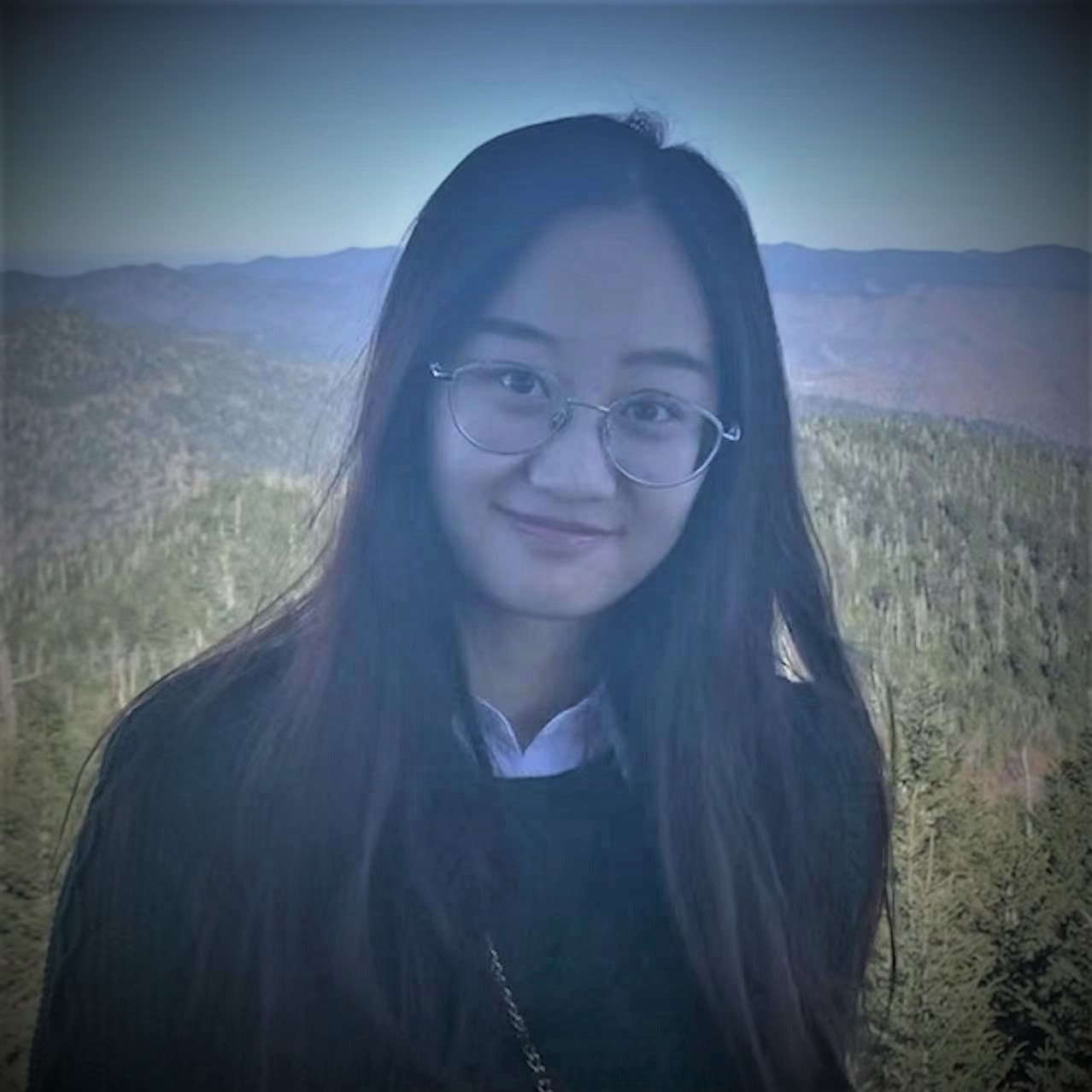
PhD Candidate
aj21p@fsu.edu
Aojia Jiang is pursuing a Ph.D. degree in Mechanical Engineering at Florida State University. She received her master's degree in Mechanical Engineering at the University of Florida in 2020. She worked in UFIAC for a year on the energy assessment and energy audit for small and medium-sized industrial facilities in Florida. Fluid structure interaction of multiple flags, aortic valve problems, CFD and FEM are her research interest. She enjoys music, working out, and hiking in her free time.
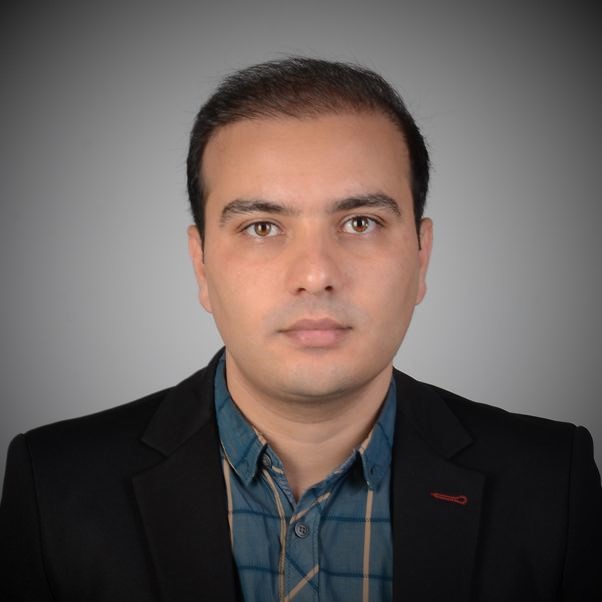
PhD Candidate
am19do@fsu.edu
Alireza Moradikazerouni is pursuing a Ph.D. degree in Mechanical engineering at Florida State University (FSU) since Spring 2020. His research concentrates on NASA’s sloshing tank problems. More specifically, he is capturing the flow physics and thermodynamics of cryogenics flow in storage vessels in both normal and microgravity conditions using the block-structured adaptive mesh refinement (AMR). Interests include propulsion, high-speed flow, thermal stress/deformation, CFD, and FSI with specific applications to aerospace and energy. Skydiving, rock climbing, and bungee jumping lift his spirit.

PhD Candidate
bjv02@fsu.edu
Brian Van Stratum is a graduate student at Florida State University pursuing a Ph.D. in Mechanical Engineering. Brian joined the CTM Lab in 2020 to study the interaction of flexible cables with frictional and fluid environments. Brian has four years of experience in forensic engineering. In 2012-2017, he engaged in community development engineering research at Tribhuvan University in Nepal. Brian earned a B.S. in Mechanical Engineering in 2002 from Florida State University. Brian’s research interests are dynamics, controls, and robotics.
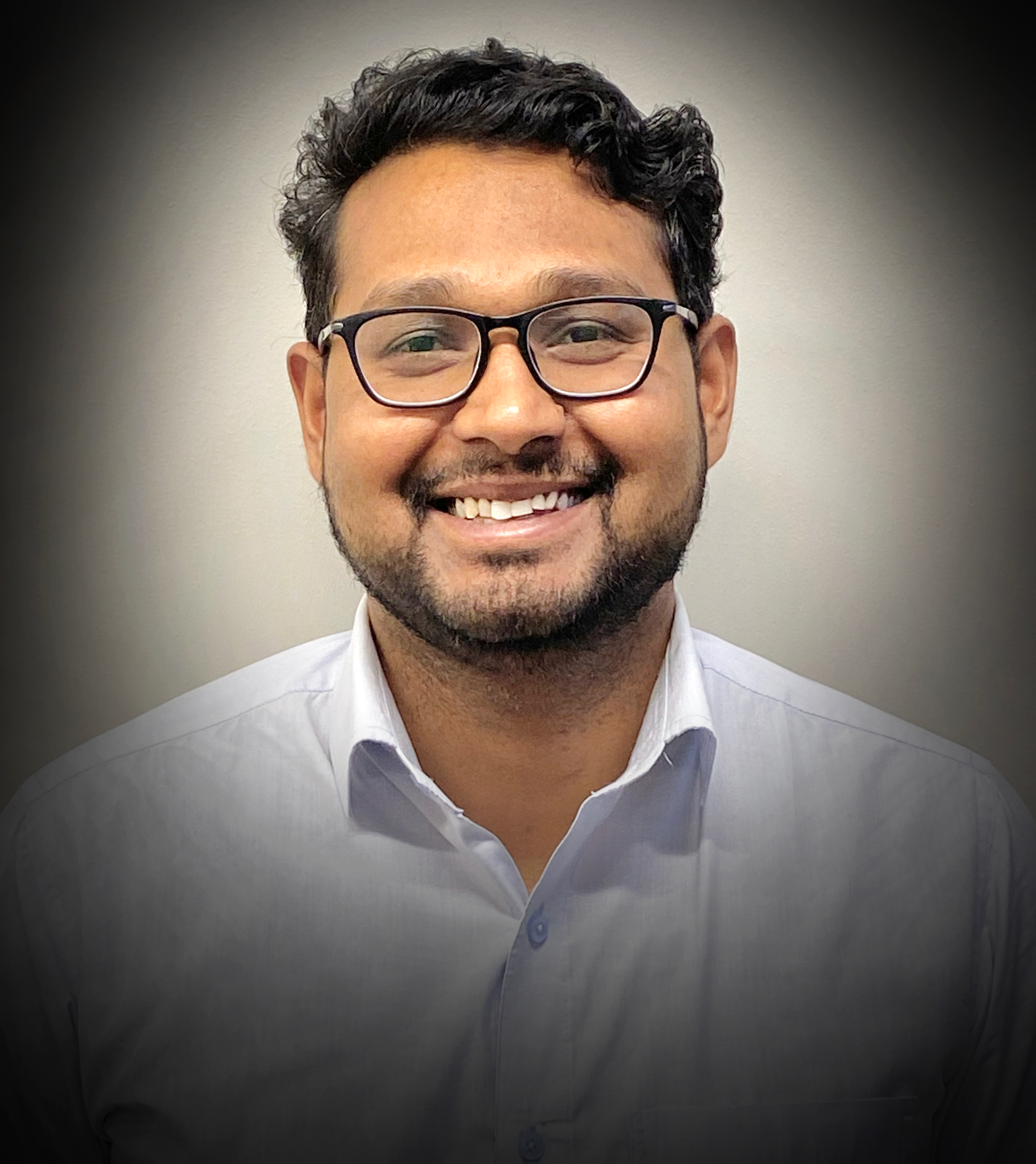
PhD Student
gm22s@fsu.edu
Gautam Maurya is a Ph.D. student in Mechanical Engineering Program at Florida State University since Fall 2022. He received his M.S by Research from Indian Institute of Technology (IIT) Madras. He worked as a project associate at IIT Madras for six months to develop the laser for the steam turbines in the superheated steam regime. His research concentrates on the Fluid-Structure Interaction (FSI) of the Antarctic Krill (Euphausia Superba). More specifically, he is investigating the force dynamics underlying the metachronal motion in Krill. Moreover, he is also investigating the exchange of turbulent flow dynamics over the compliant surfaces. His research interests include turbulent flows, machine learning, and CFD.
Affiliated Memebers
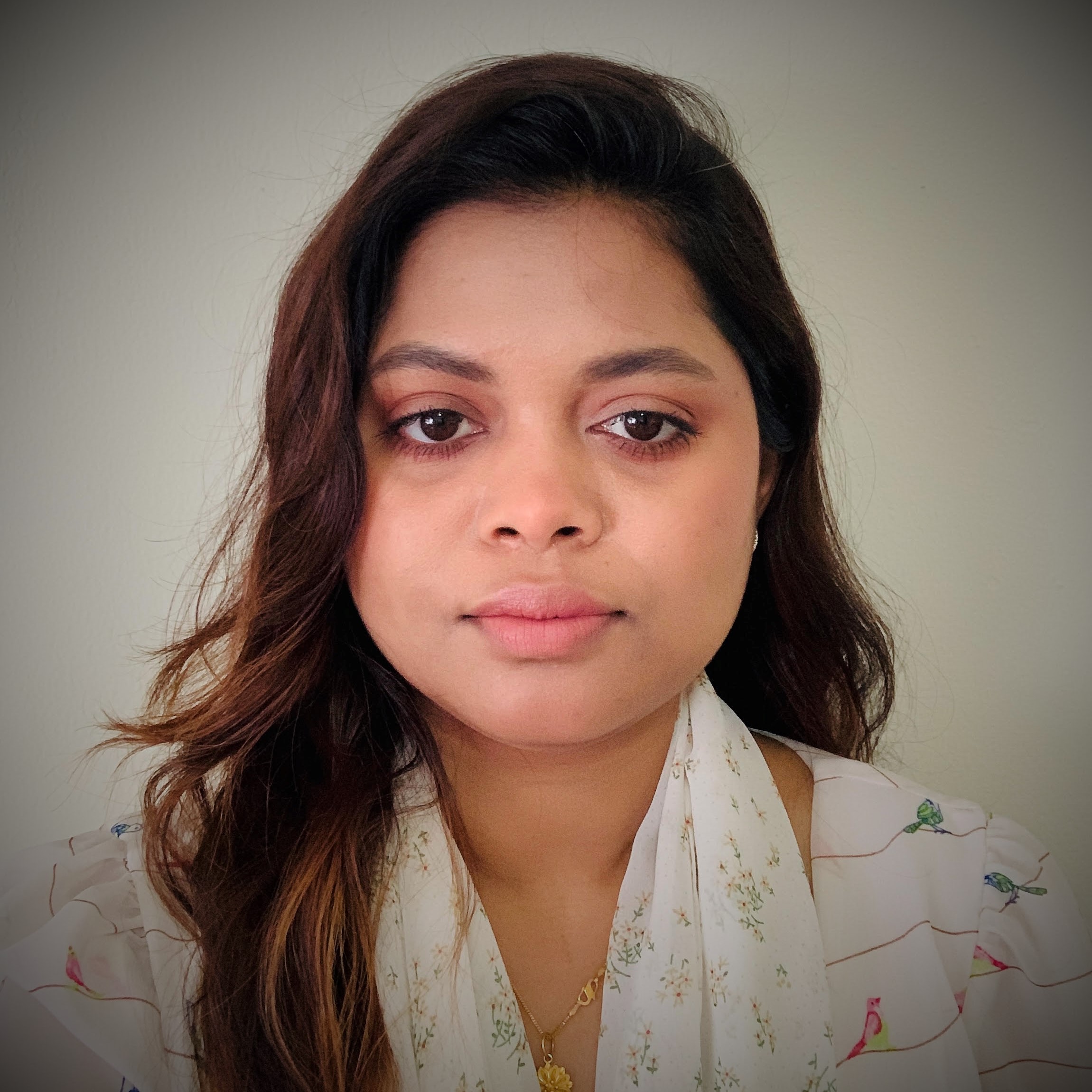
PhD Candidate
sprovat@fsu.edu
Shirin Provat is a Ph.D. Candidate in the Department of Mathematics at Florida State University. She is currently working on pattern accelerated electroconvection under the supervision of Dr. Mark Sussman and Dr. Kourosh Shoele. Her research focuses on finding optimal conditions for enhancing electroconvection. Her research interests include Numerical optimization, Optimal Control, and Computational Fluid Dynamics. Her hobbies are gardening and painting.
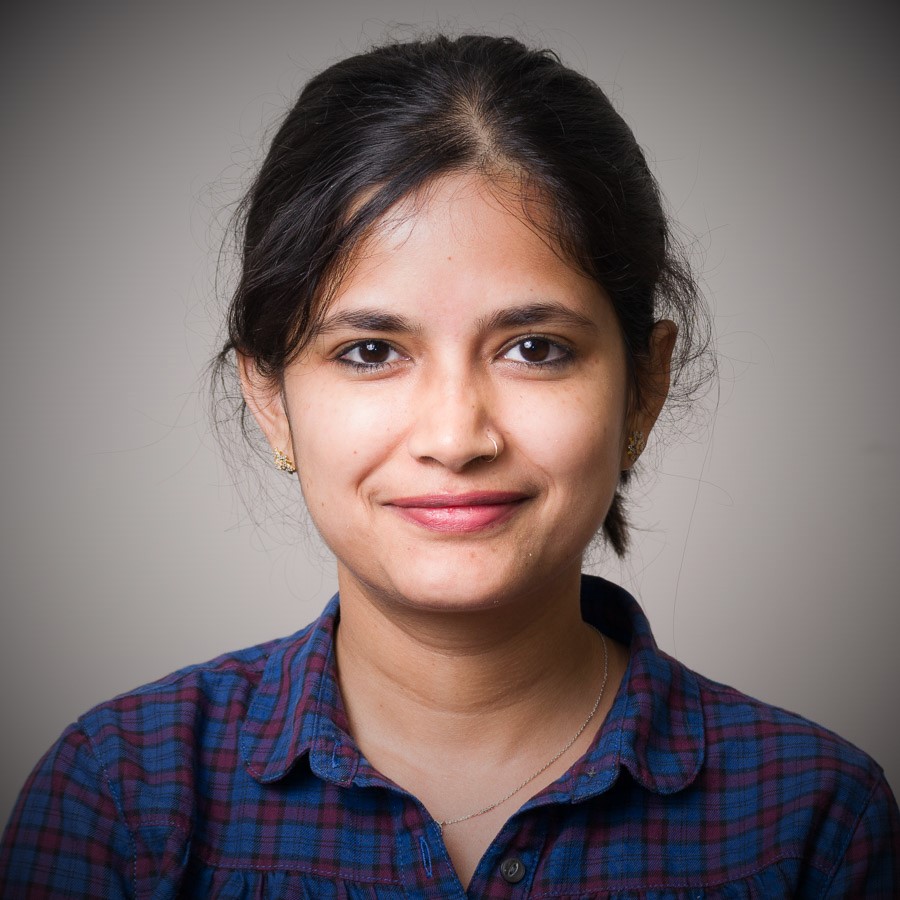
PhD Candidate
at18bd@my.fsu.edu
Akriti is currently a PhD candidate at FCAAP in the Mechanical Engineering department at Florida State University working in Dr Rajan Kumar and Dr Kourosh Shoele’s research group. She received her undergraduate degree in Aerospace Engineering and master’s degree in Space Engineering from Birla Institute of Technology, Mesra, India with a specialization in High-Speed Aerodynamics . Her master’s thesis was carried out in the Experimental Aerodynamics Division of National Aerospace laboratories, Bangalore, India on the control of Exhaust –freestream interaction on a boat-tailed missile afterbody in the transonic and low supersonic regime. Her undergraduate thesis was based on flutter analysis of a wing at a cruise Mach number of 0.88. Post her masters, she worked as an Aerodynamics engineer at General Electric, Aviation, India on several projects based on design of various components of turbofan engines for commercial and power generation applications using RANS and LES. She also worked in the Aeroacoustics group on the noise-decomposition of the turbofan engines in the aeroacoustics group at GE Aviation. Her current research focuses on the effect of shock/boundary –layer interactions on the aero-thermo-structural coupling of compliant panels in high-speed flows using a wide range of experimental investigation techniques such as Shadowgraph, Surface Oil-flow, PIV, PSP, DIC among others. Her research interests include experimental and computational fluid mechanics of high/low speed flows, shock/boundary-layer interactions, turbomachinery aerodynamics, fluid -structure interaction.
Undergraduate Students
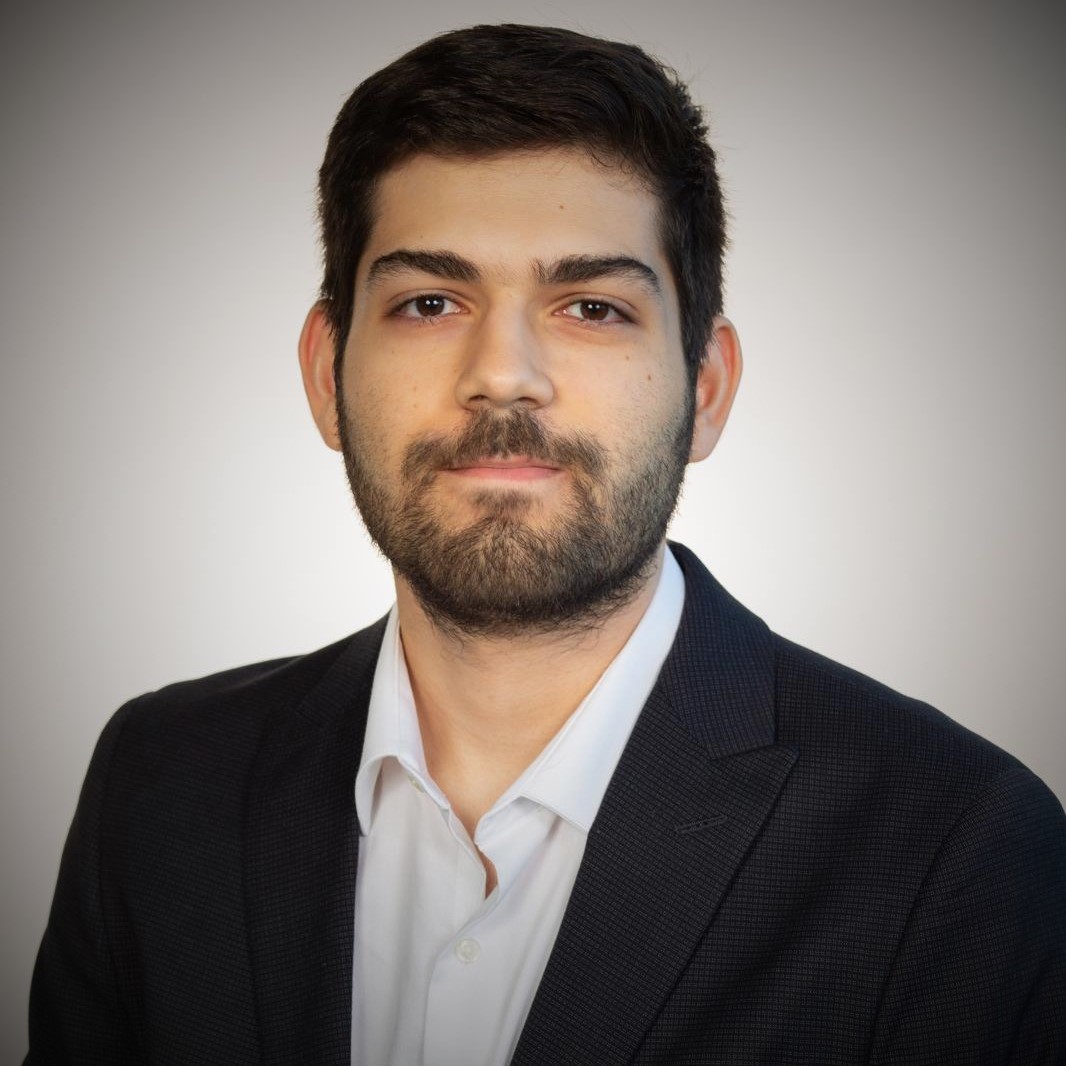
Undergraduate Student
yg18@my.fsu.edu
Yanni Giannareas is pursuing his B.S. degree in Mechanical Engineering at Florida State University since Spring 2018. His research concentrates on the hydrodynamics and hydroacoustics of fish schools, and how do they correlate to their ability to avoid predators. More specifically, with the use of 2D boundary element method solvers and fish-like locomotion algorithms, he is trying to quantify metrics such as scattered pressure and vorticity to evaluate the performance of a large range of fish school configurations. He enjoys working out, watching sports such as soccer or racing, and playing video games.
Former Group Members
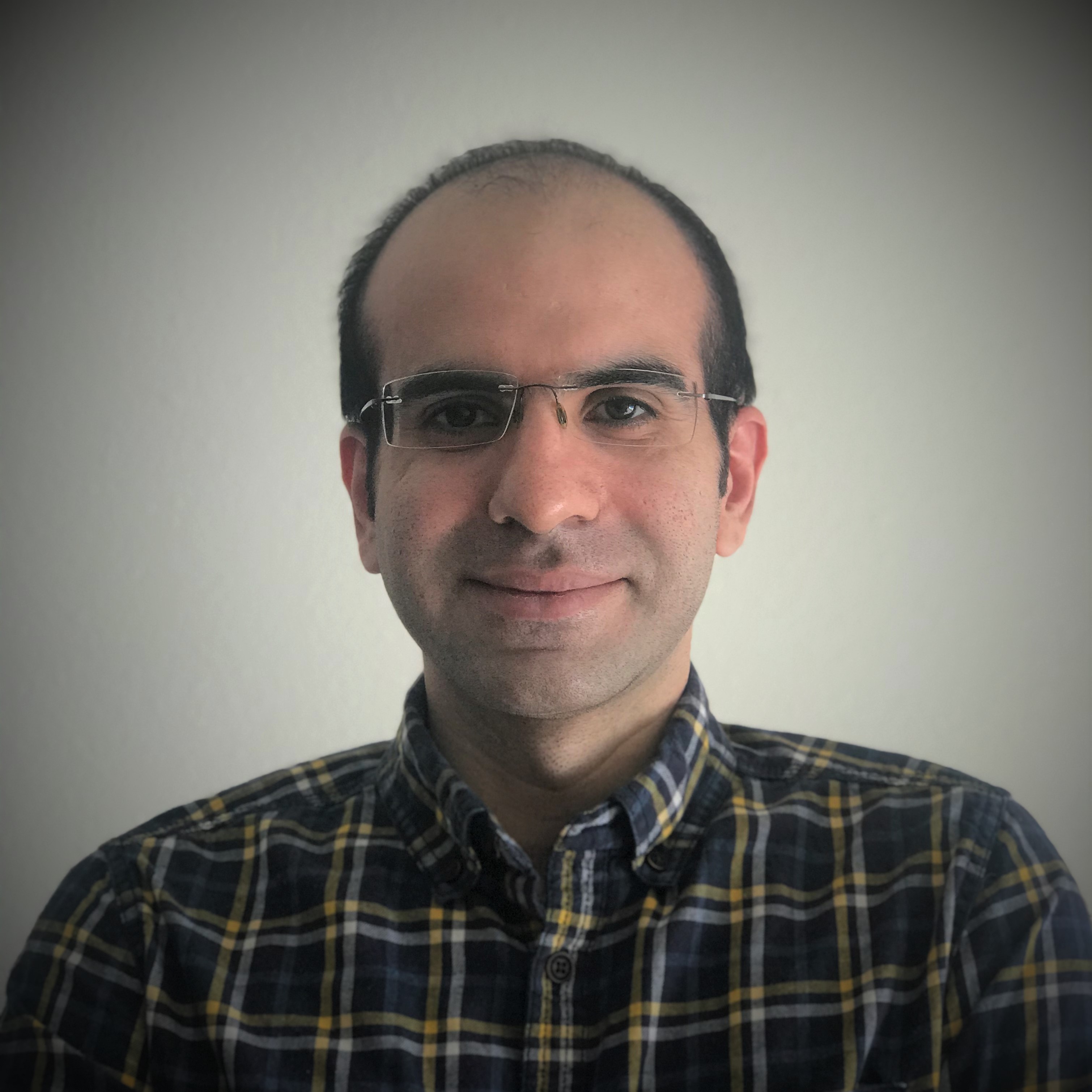
Postdoctoral Research Associate
vahid.tavanashad@gmail.com
Google Scholar
Researchgate
Vahid Tavanashad received his Ph.D. in Mechanical Engineering from Iowa State University in 2020. During his PhD studies, he developed a fully-resolved direct numerical simlation solver for buoyant particle-laden flows and used it to perform simulations of particle-fluid flow for physics discovery and model development. At CTML, his research will be focused on developing a multiphysics health monitoring framework for high-speed vehicles. In addition, he will study the fluid-structure interaction in suspension of deformable particles to examine the effect of deformability on the suspension rheology.
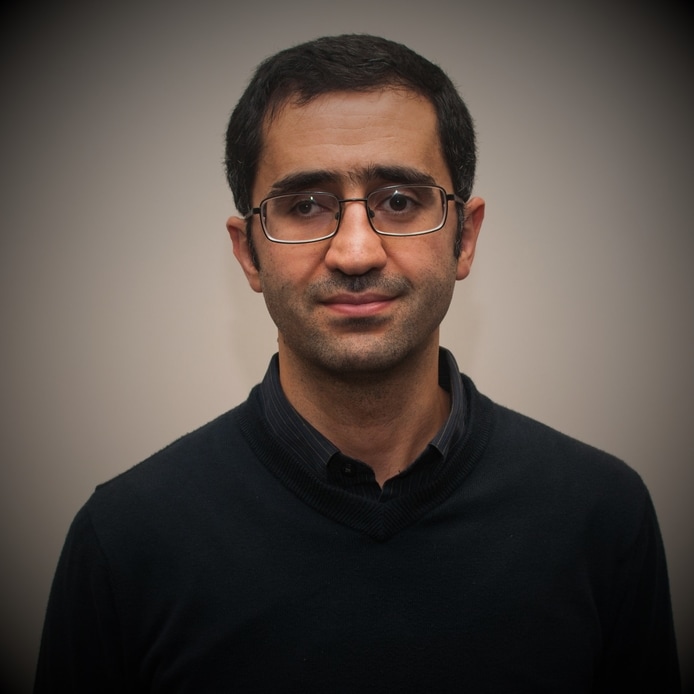
Research Faculty
mvahab@fsu.edu
Mehdi received his Ph.D. in Applied Science in 2014 from University of California Davis. He has been working on development and application of numerical methods for multi-material and multi-phase systems. He is currently focused on the development of a general purposed Fluid-Structure Interaction (FSI) multiphase code to support the group endeavorer to study fundamental and real-world problems. He is also investigating the effects of active vortex generators of heat transfer and phase-change dynamics. You can find out more about his research and previous works at mehdivahab.com.
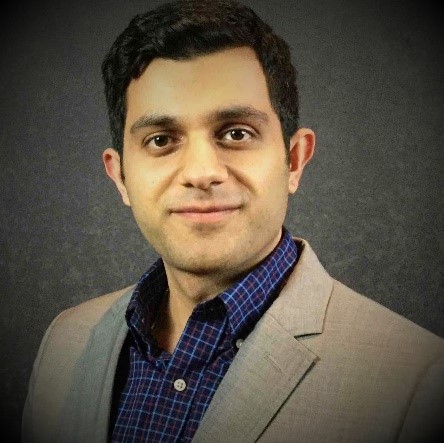
Postdoctoral Research Associate
maslani@fsu.edu
Mohamad Aslani received his Ph.D. from the Department of Aerospace Engineering at Iowa State University in 2017. Before joining CTML, he was a Postdoctoral fellow in the Department of Mathematics at Florida State University where he worked on direct numerical simulation of compressible flows using the adaptive wavelet collocation method. Dr. Aslani has been involved in multiple multidisciplinary projects including multiphase flows, combustion, optimization, and machine learning. At CTML, his research will be focused on developing a Multiphysics Health Monitoring Framework for high-speed vehicles and developing numerical methods for compressible multiphase flows. You can find more about his research at myweb.fsu.edu/maslani

PhD Candidate
ts11h@my.fsu.edu
Graduated from Florida State University with a BS in Mechanical Engineering in 2016. Currently a PhD candidate with a focus in theoretical and numerical thermal fluids studies. Researching fluid-thermal-structure interactions and its application to thermal management and renewable energy generation. Interests include computational fluid dynamics (CFD), reduced order modeling (ROM), and optimization, with specific applications to energy.

PhD Candidate
tw17e@my.fsu.edu
Tso-Kang Wang is pursuing a Ph.D. degree in Mechanical Engineering at Florida State University under the guidance of Dr. Kourosh Shoele. His research interest is about controlling the complicated interaction between flow and structures. Active research topics include controlling the fluttering of an airfoil under the influence of an active flap actuator, flow-informed vibration based health monitoring technique, novel modal analysis methods for transient response or deforming bodies, and the peripheral leakage of the mask. The sophisticated beauty of Nature has been driving him to always dive deeper into learning and thinking, and his goal is to use what he has learnt to help this world become a better place. He also enjoys reading, playing basketball, and playing video games when he is not hitting the keyboard.
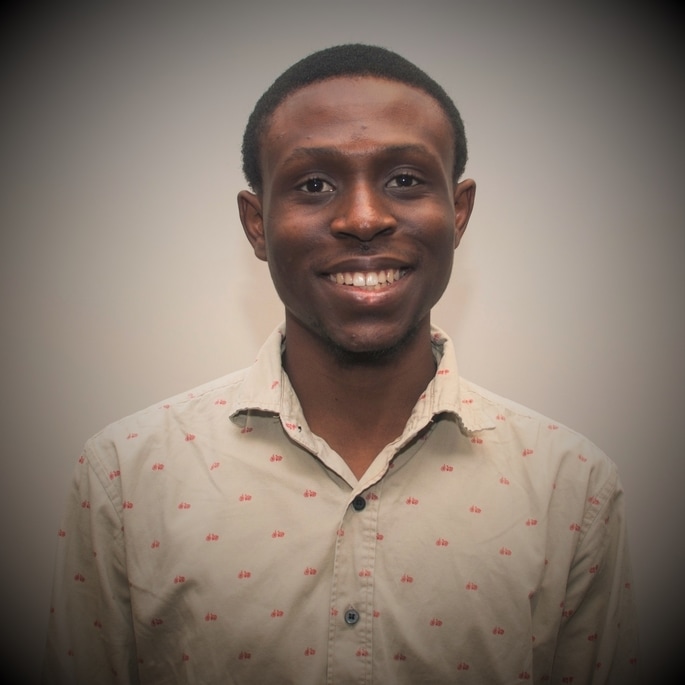
PhD Candidate
oluwafemi1.ojo@famu.edu
Oluwafemi is pursuing a PhD degree in mechanical engineering. He had his B.Tech in Metallurgical and Materials engineering in The federal university of technology, Akure, Nigeria during which he was an exchange student in his senior year at FAMU-FSU College of engineering. His current research interest is Fluid structure interaction of flexible structure for piezoelectric energy harvesting and the wind-induced reconfiguration of trees during hurricanes.

PhD Student
skumar4@fsu.edu
Shivanshu Kumar is a graduate student at Florida State University studying Mechanical Engineering. He received his Master's Degree in Thermal Engineering from the Gautam Buddha University, India. Presently, he is researching fish locomotion with the goal of improving the propulsion efficiency of a structurally-enhanced fin by using reinforcement learning. Research interests include CFD, FSI, Turbulence modeling, Thermal Flow Analysis, and Aerodynamic Shape Optimization.

PhD Research Assistant
peastham@math.fsu.edu
Patrick Eastham received his B.S. in Applied and Computational Mathematics from Florida State in 2015. He is currently at PhD student in the Biomathematics program at FSU. He was a research assistant for Dr. Shoele in 2017 and has since continued that line of research while being funded as a NSF GRFP Fellow. He has worked on the effect of variable-viscosity mechanisms on the swimming and feeding efficiency of microorganisms with applications towards artificial microswimmers, and more generally is interested in problems in biofluidmechanics.

PhD Student
jg20fz@my.fsu.edu
Jino is pursuing his PhD at FSU in Mechanical Engineering Dept. He graduated from Arizona State University with his MS in Mechanical Engineering in 2017. His Thesis was on "Extraction of Coherent Structures using Direct Numerical Simulation in 3D Turbulent Flows and Its Effects on Chemotaxis" . He was working as a Thermal Engineer in Arizona from 2017-2020 before he moved to FSU. He is working on Fluid Structure Interaction, Turbulence and Large Eddy Simulation models under Dr. Shoele. His other interests include Lagrangian-Eulerian coupling, Heat Transfer, Multiphase flows and using CFD/FEM for understanding Biophysical phenomena. He enjoys working out , playing soccer and hiking for leisure.
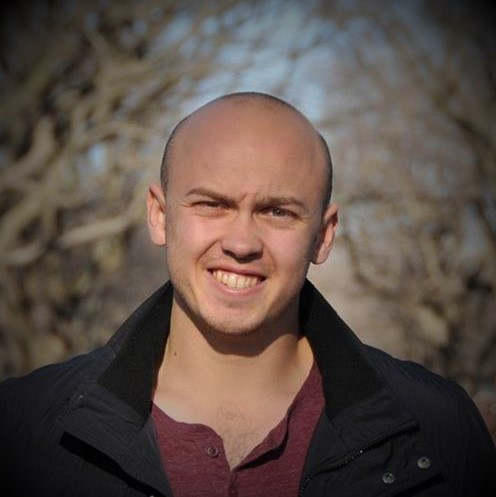
Master's Student
kmk16g@my.fsu.edu
Karsten Mikal Kopperstad received his Bachelor's degree in mechanical engineering at the University of Stavanger in Stavanger, Norway. Prior to this he served in the Norwegian Royal Navy as a fulfillment of his Norwegian citizenship duties . Karsten is now currently pursuing a Master's degree in mechanical engineering at FAMU-FSU College of Engineering, under the guidance of Dr. Koroush Shoele and Dr. Rajan Kumar. Karsten is working as a graduate research assistant at the Florida Center for advanced Areo Propulsion facility located in Tallahassee, Florida. His research interest includes experimental and computational fluid mechanics, fluid structure interaction, and renewable energy. During his pursuit for his master’s, Karsten is conducting research of the aerodynamic properties found in the wake regime behind a floating wind turbine.
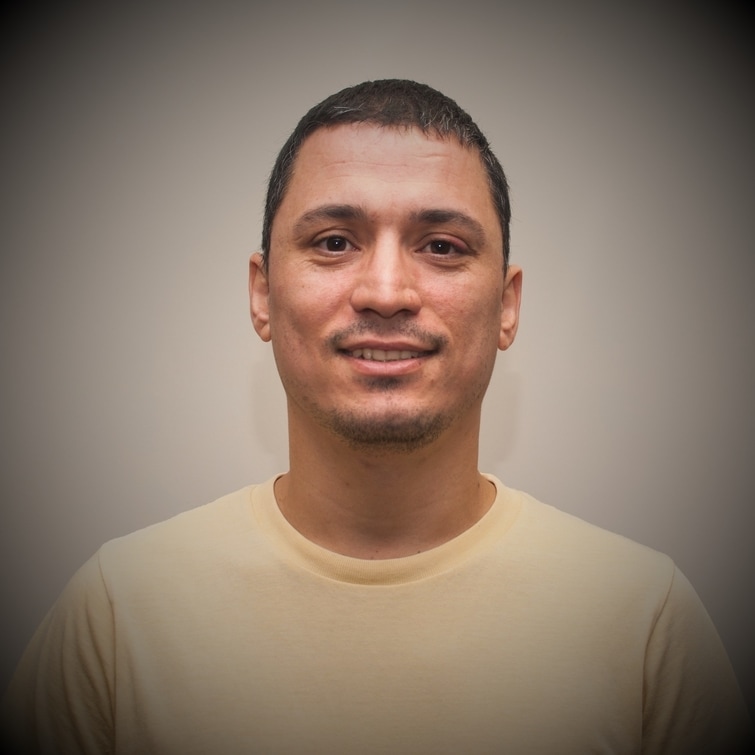
Graduate Student
go16b@my.fsu.edu
Gokhan Ozkan received his BS degrees in Teacher Training in Electrical Field and Energy System Engineering from Marmara University and Erciyes University, Turkey in 2006 and 2014, and his MS in Energy System Engineering from Erciyes University, Turkey in 2016. He was a lecturer at Bozok University, Turkey. He is currently a PhD candidate in Electrical and Computer Engineering at FAMU-FSU College of Engineering, and is working as a graduate research assistant at the Center for Advanced Power Systems. His research interests include control of renewable energy, especially wind energy, electricity generation, distribution, and transmission. His Areas of experties are Renewable energy, Controls, Wind energy systems.

Undergraduate Student
jms15m@my.fsu.edu

Undergraduate Student
dac13h@my.fsu.edu

Undergraduate Student
nsclemmer@gmail.com
Young Scholars Program (YSP)
The Young Scholars Program (YSP) is a six-week residential science and mathematics summer program for Florida high school students with significant potential for careers in the fields of science, technology, engineering, and mathematics. The program was developed in 1983 and is currently administered by the Office of Science Teaching Activities in the College of Arts and Sciences at Florida State University. This year Aaron Allen and Matthew Crespo joined our lab at AME in Engineering Campus. They learned about the fundamentals of fluid dynamics and basic procedure to conduct experiments. They also gained knowledge on state of the art technology used in this field.
.
Open House
The FAMU-FSU College of Engineering is offering family-friendly STEM activities, including hands-on engineering stations and interactive science exhibits, aimed at bringing the science of engineering to the public during its 2019 Open House. The annual event takes place from 11 a.m. to 4 p.m. on Saturday, Feb. 23 at the college’s campus at 2525 Pottsdamer St. in Innovation Park.
.
Research Experiences for Undergraduates (REU)
The Research Experiences for Undergraduates (REU) program supports active research participation by undergraduate students in any of the areas of research funded by the National Science Foundation. REU projects involve students in meaningful ways in ongoing research programs or in research projects specifically designed for the REU program.
Multiple Ph.D. and PostDoc Position –Computational Fluid Dynamics, and Fluid-Structure Interaction
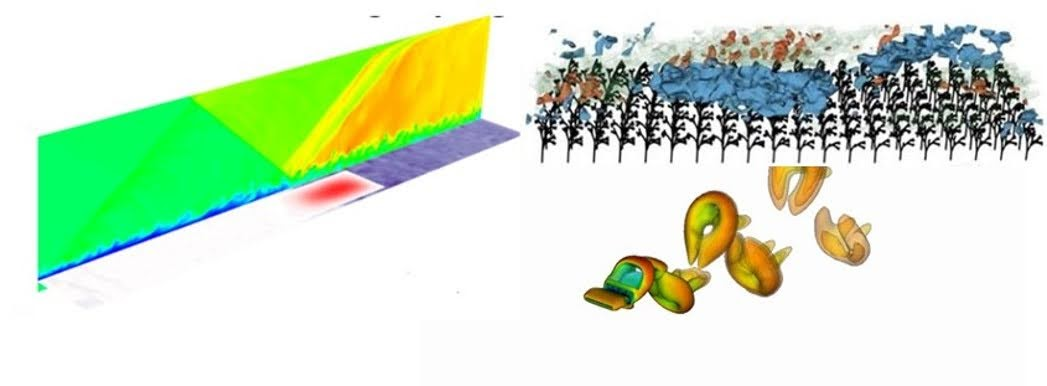
Two Postdoc Positions – Computational and Theoretical Multiphysics Lab
Two Postdoc positions are available immediately in the Computational and Theoretical Multiphysics Laboratory at the Department of Mechanical Engineering, Florida State University. One position is related to computational/theoretical activities, and the other position is mostly experimental. Both positions are related to fluid-structure interaction (FSI) in turbulent flows.
The following skills/certifications/interests are relevant to the positions: